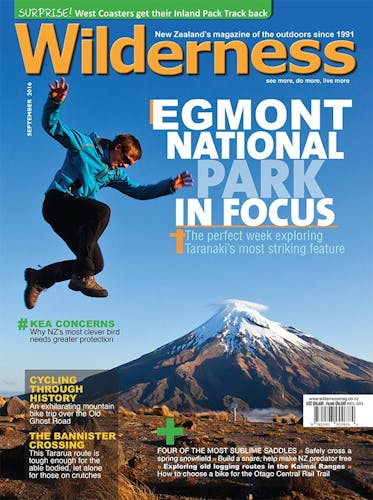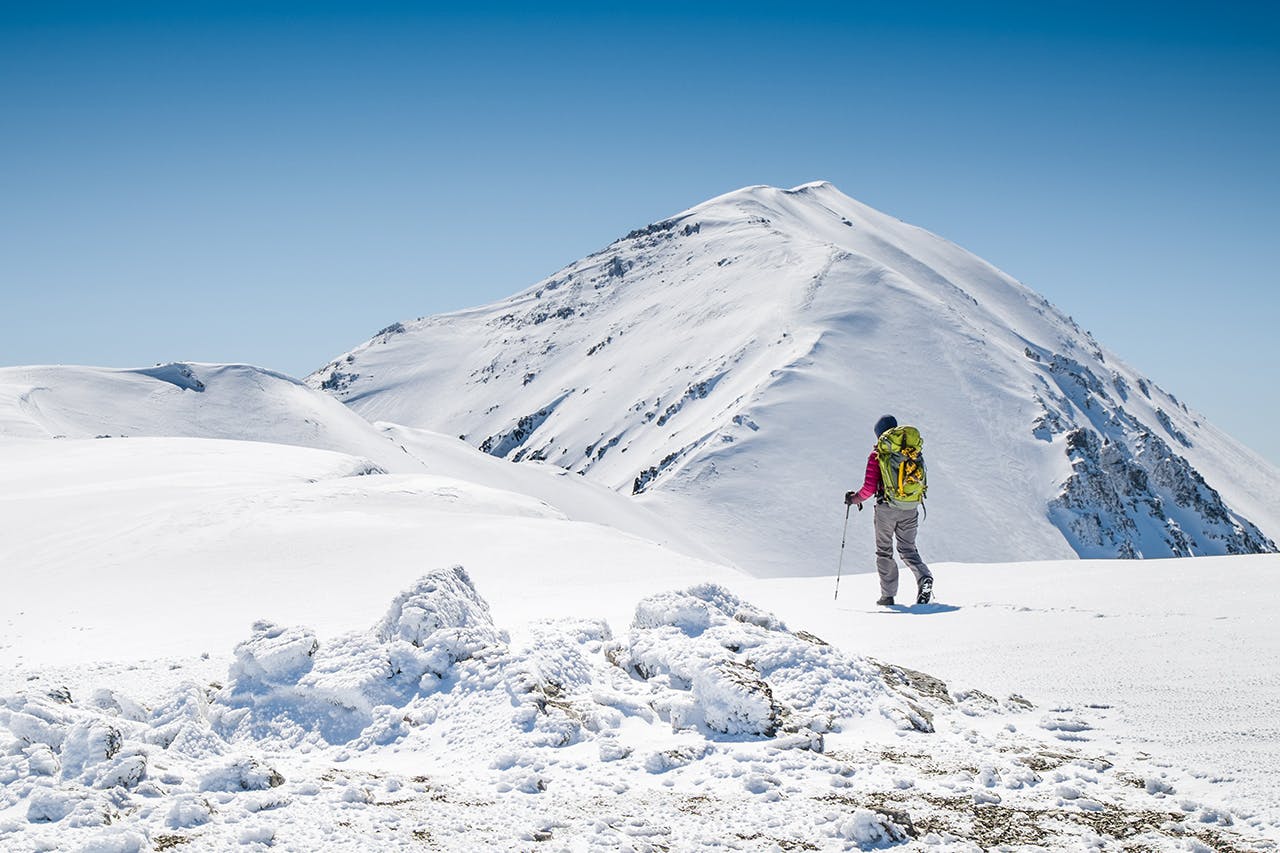- Distance
- 5.1km
- Total Ascent
- 1175m
- Time
- 8hr return
- Grade
- Easy/Moderate
- Access
- Park at the top of Porter’s Pass on SH73
- Map
- BW21
- Links/Files
-
Download the route notes, map and GPX file
Castle Hill Peak, Arthur’s Pass National Park
The experience of re-discovering a tramp in snow is what I like most about tramping in winter. Exploring the backcountry with snow and ice on the ground is a completely different game compared to three-season tramping on solid rock. It requires different skills, preparation and equipment.
If you’re the proud owner of crampons, ice axe and helmet and happen to live in Christchurch, then chances are you have been to Castle Hill Peak. It’s arguably the region’s most accessible alpine ridge with a convenient car park located at the top of Porters Pass. Thanks to this easy access, Foggy Peak, on the same ridge as Castle Hill Peak, is my go-to fitness trip.
When our team of two arrived at Porters Pass, we were greeted by the wonderland of the Southern Alps in winter coat. We found our way on the unmarked yet easy route with tussock, scree and later snow underfoot.
Glorious views awaited us on the summit of Foggy Peak. This close to the Alps, the terrain is varied: behind us mountains gave way to foothills, plains and eventually the Pacific Ocean. Ahead, the sugar-coated peaks of the Craigieburns, the Torlesse Range and countless other peaks showed promise for future adventures.
The immediate future had more urgent concerns for us though. After a short drop to the saddle between Foggy Peak and Castle Hill Peak, the terrain became tougher. As snow gave way to ice, we strapped on crampons. It had been a little while since our last winter trip, but we soon found our ice-legs.
The route to the peak is technically easy with only a short, steep section on the final ascent mid-way between Pt1842 and the summit. For the most part, we were on a gradually rising, wide ridge that kept us away from any avalanche terrain. If we learned one lesson on the various avalanche and snow-skills courses we have attended, it was to stay away from risky terrain if you do not consider yourself the yeti.
Winter storms had turned rocky outcrops into ice sculptures. Horizontal icicles and snow deposits told a story of violent winds on less welcoming days. With the summit looming dramatically in the background, we had found our perfect photo spot.
Then there was one final, steep incline to cover. While far from mountaineering terrain that would require ropes, we still proceeded with caution.
Stepping onto the summit was like opening a final curtain onto the Southern Alps. How many peaks can be squeezed into one vista? Our delight at the view was cut short by howling winds. After a mountaineers’ five minutes, we were on our way back.
Sunny afternoons on winter hills usually mean one thing: falling from one slushy pothole into the next. But the ice conditions on the descent were still fantastic.
The walk to Castle Hill Peak is the perfect first experience for those who have learned the basics of snowcraft. If you give winter a chance, it will enthrall you with its icy beauty.








